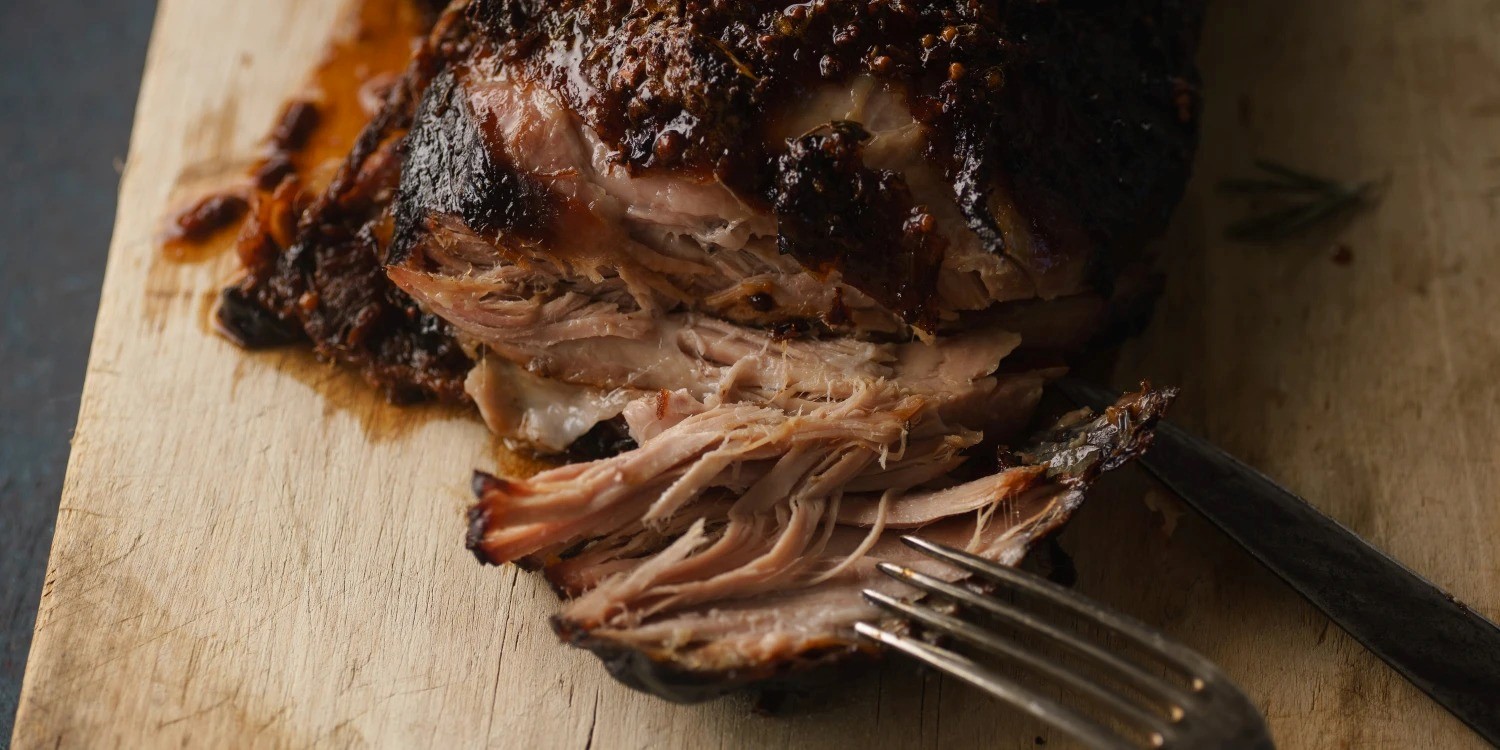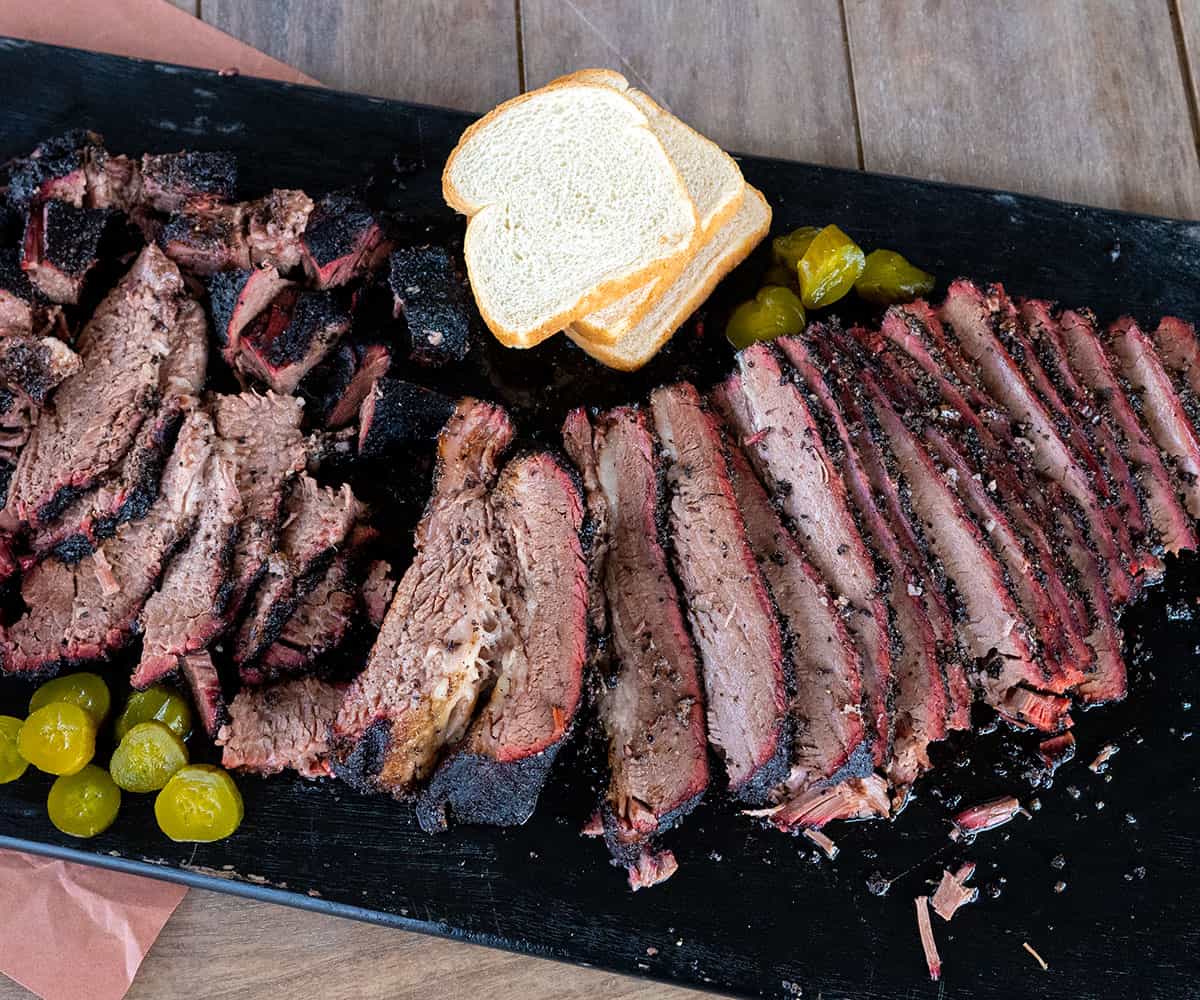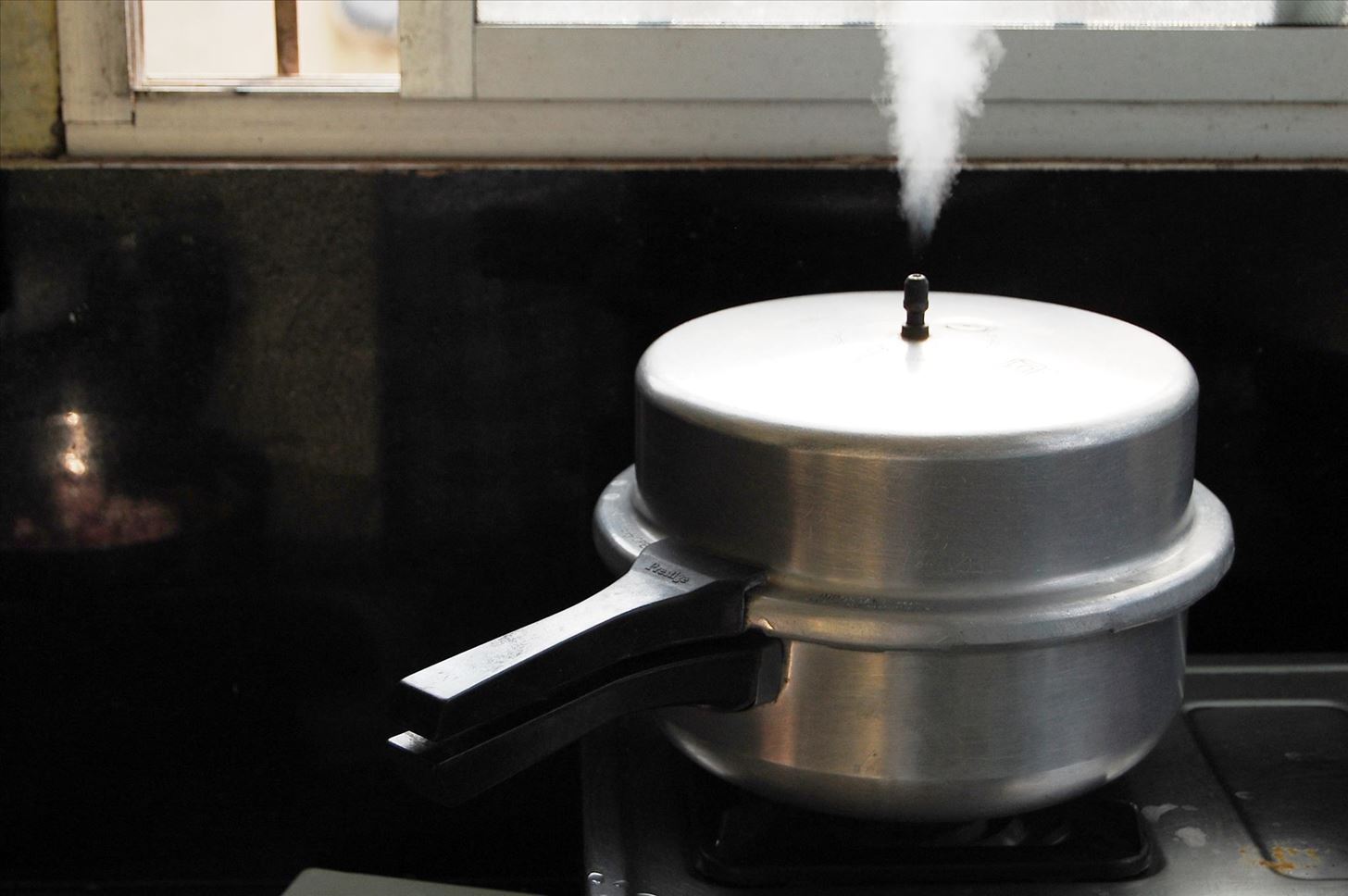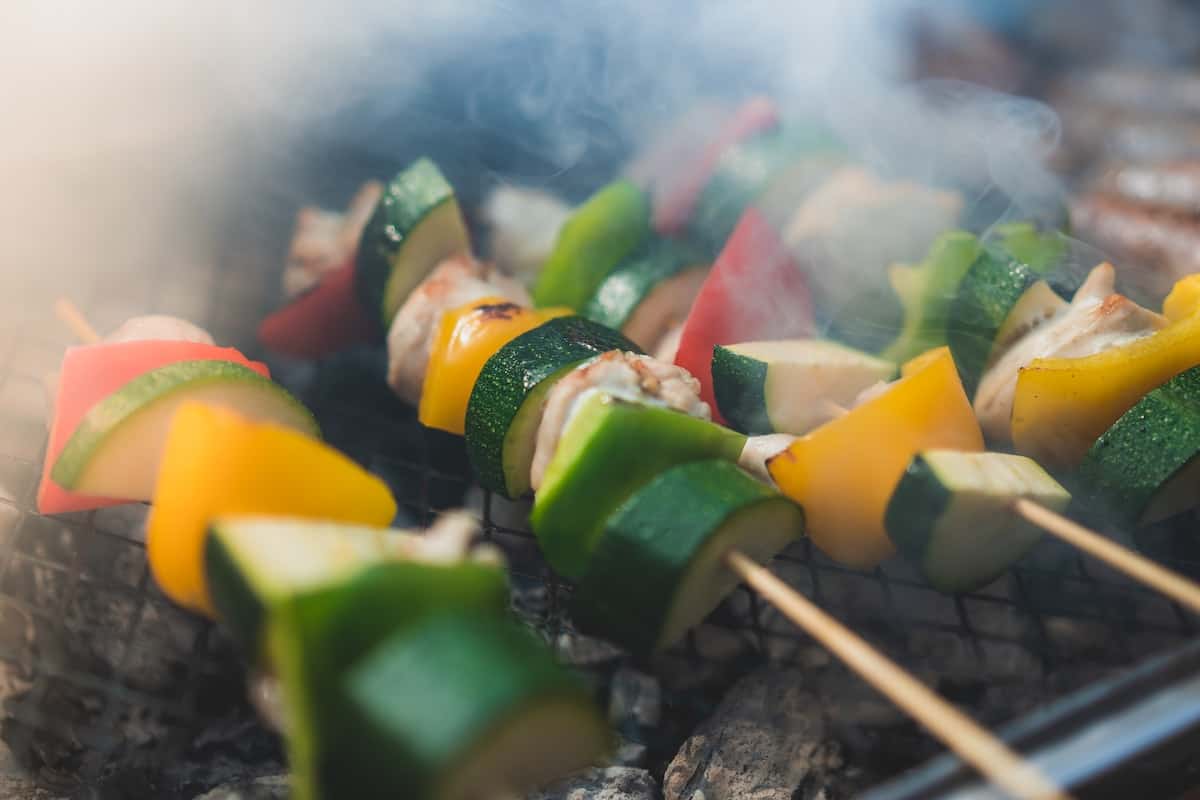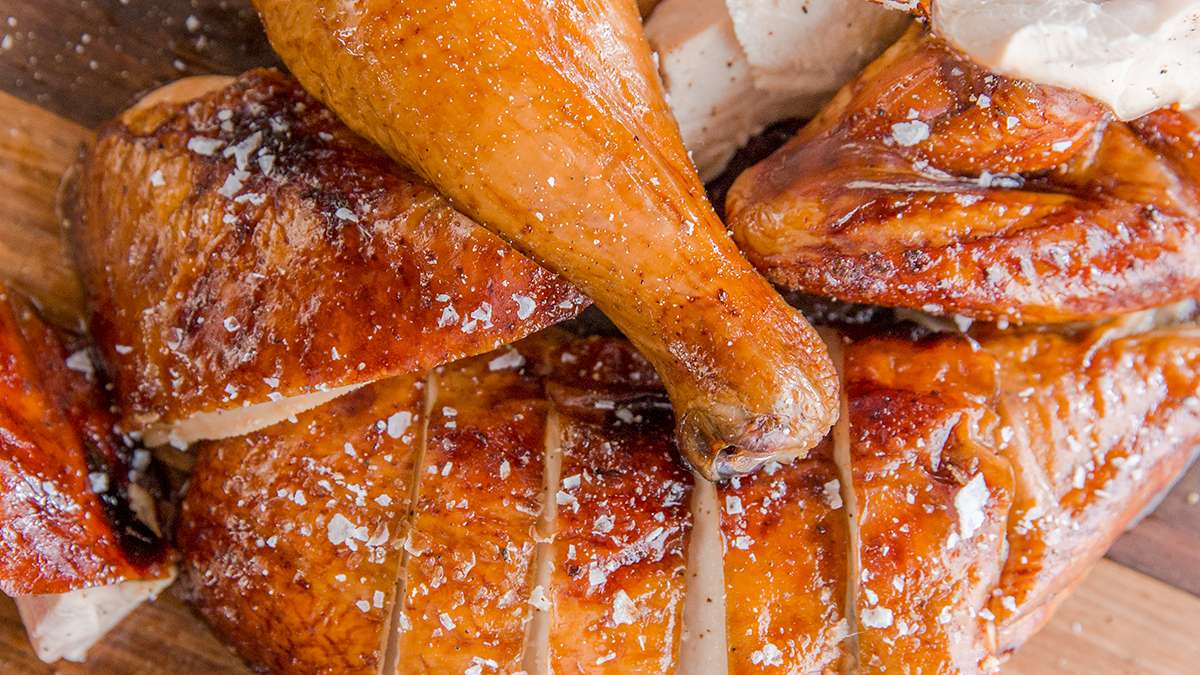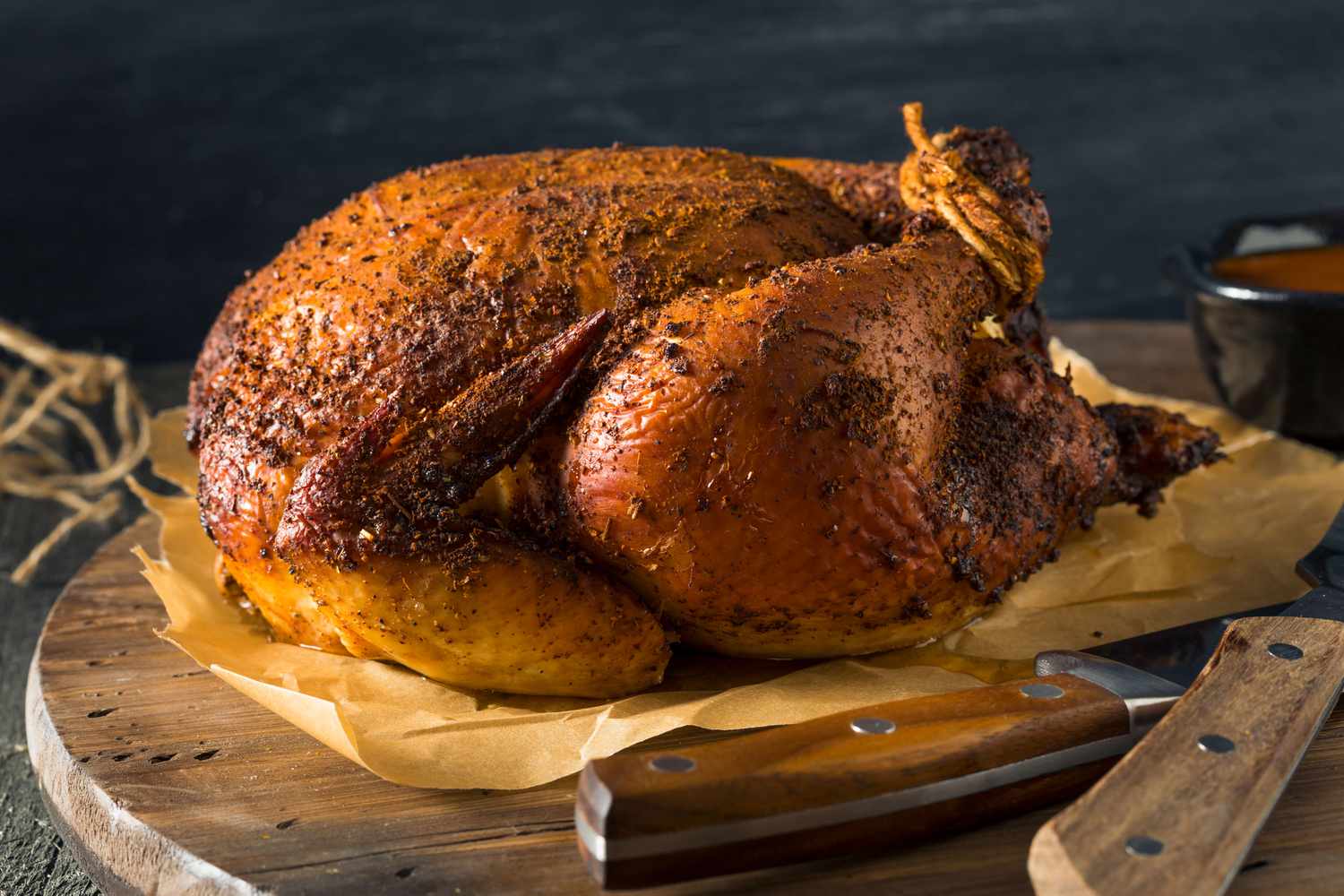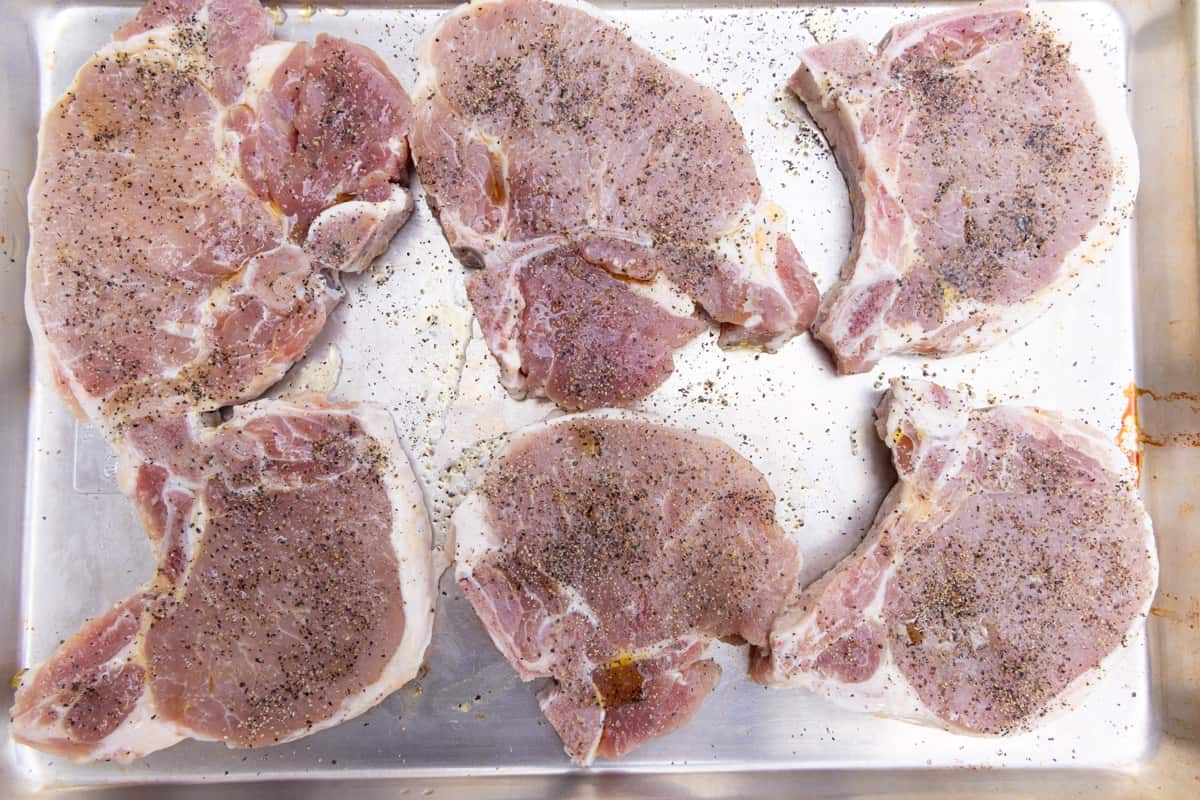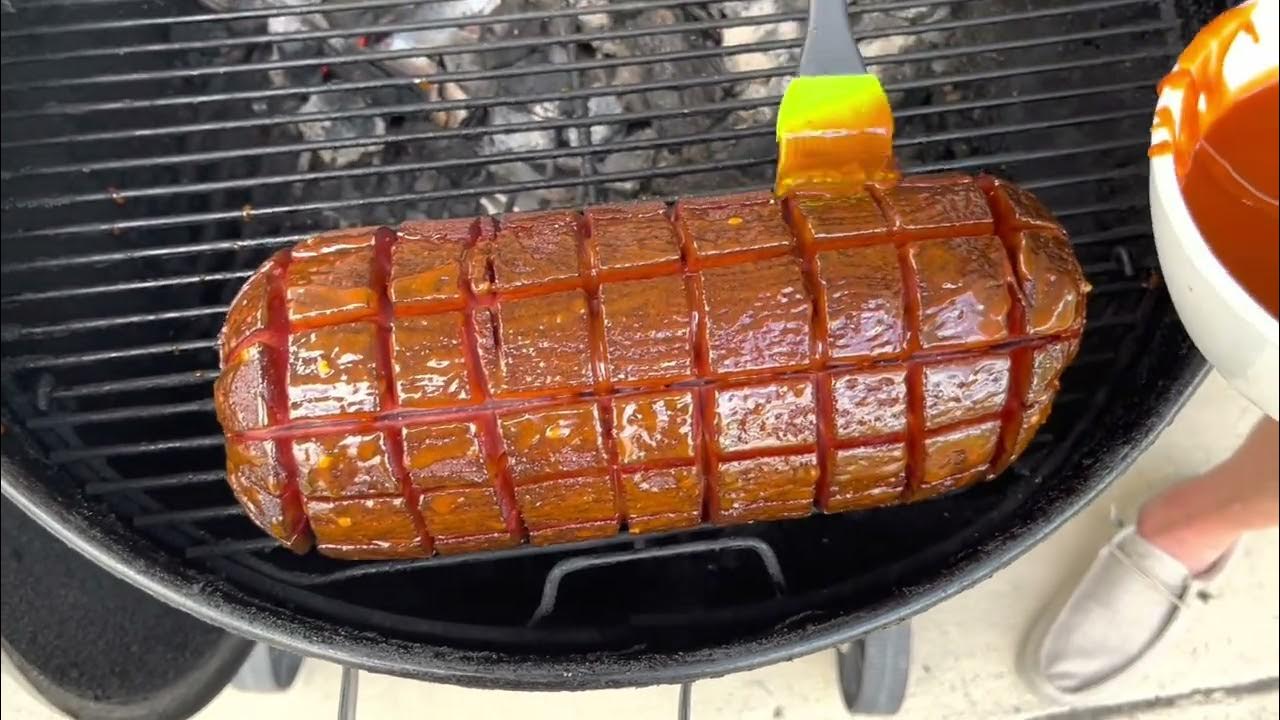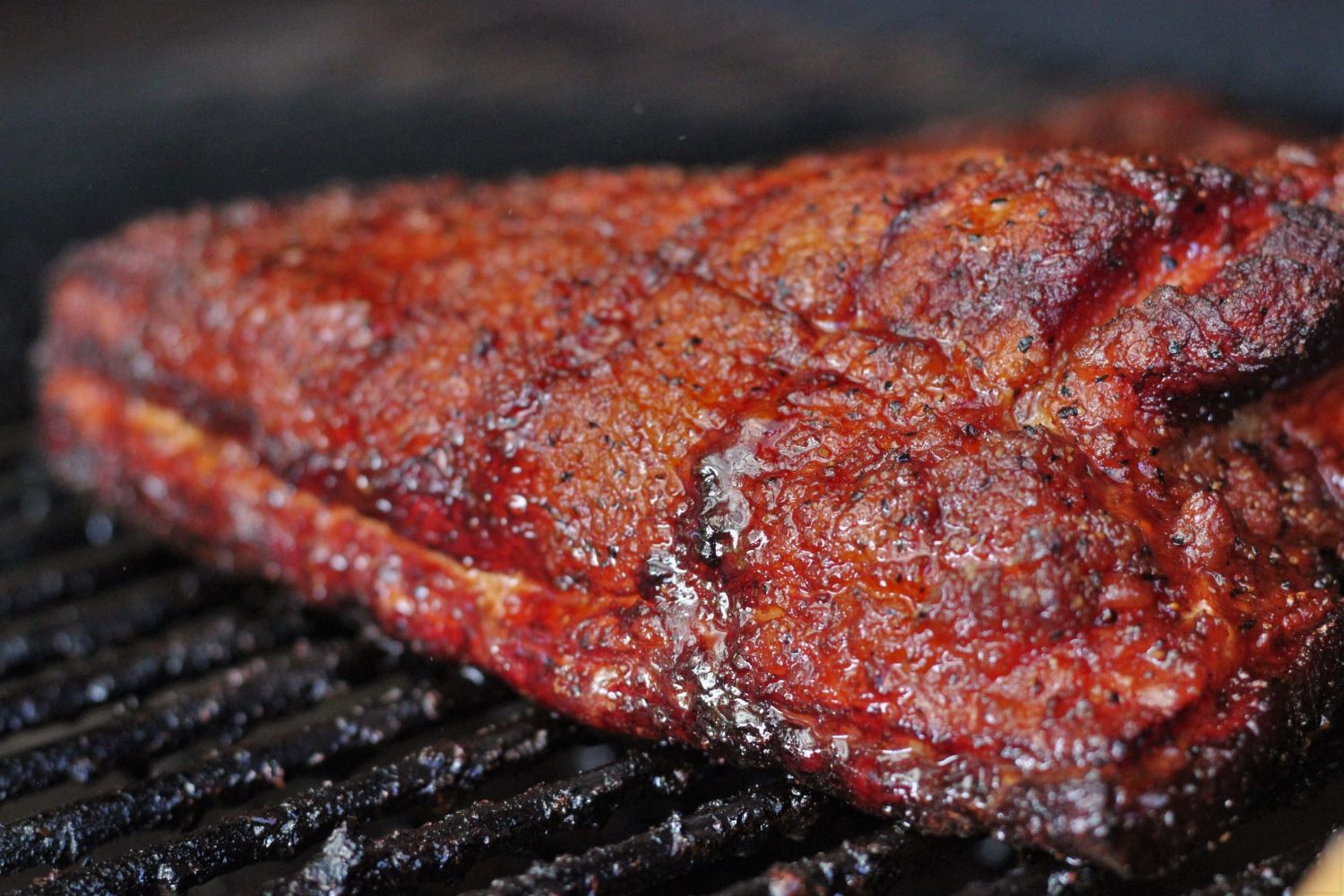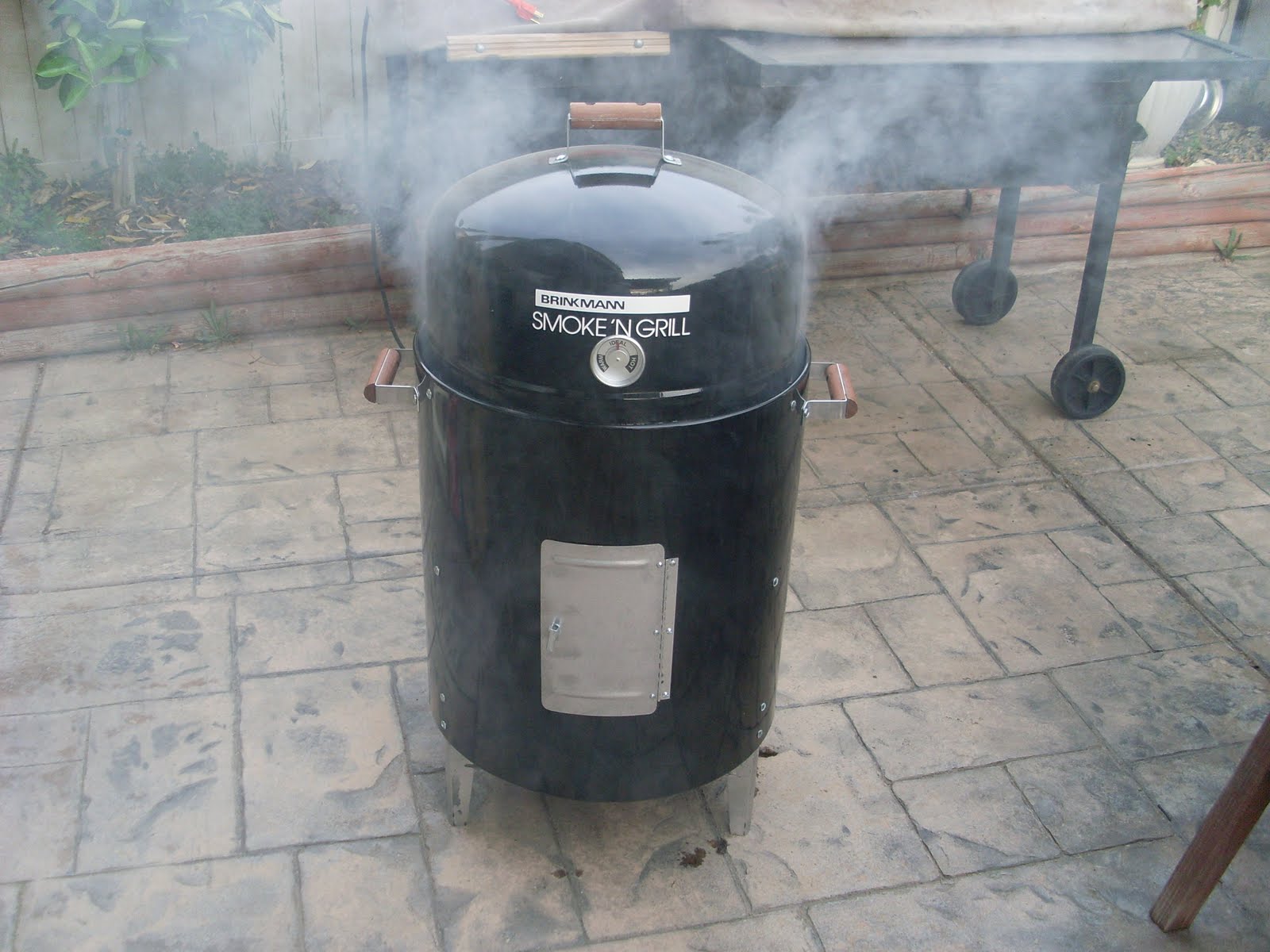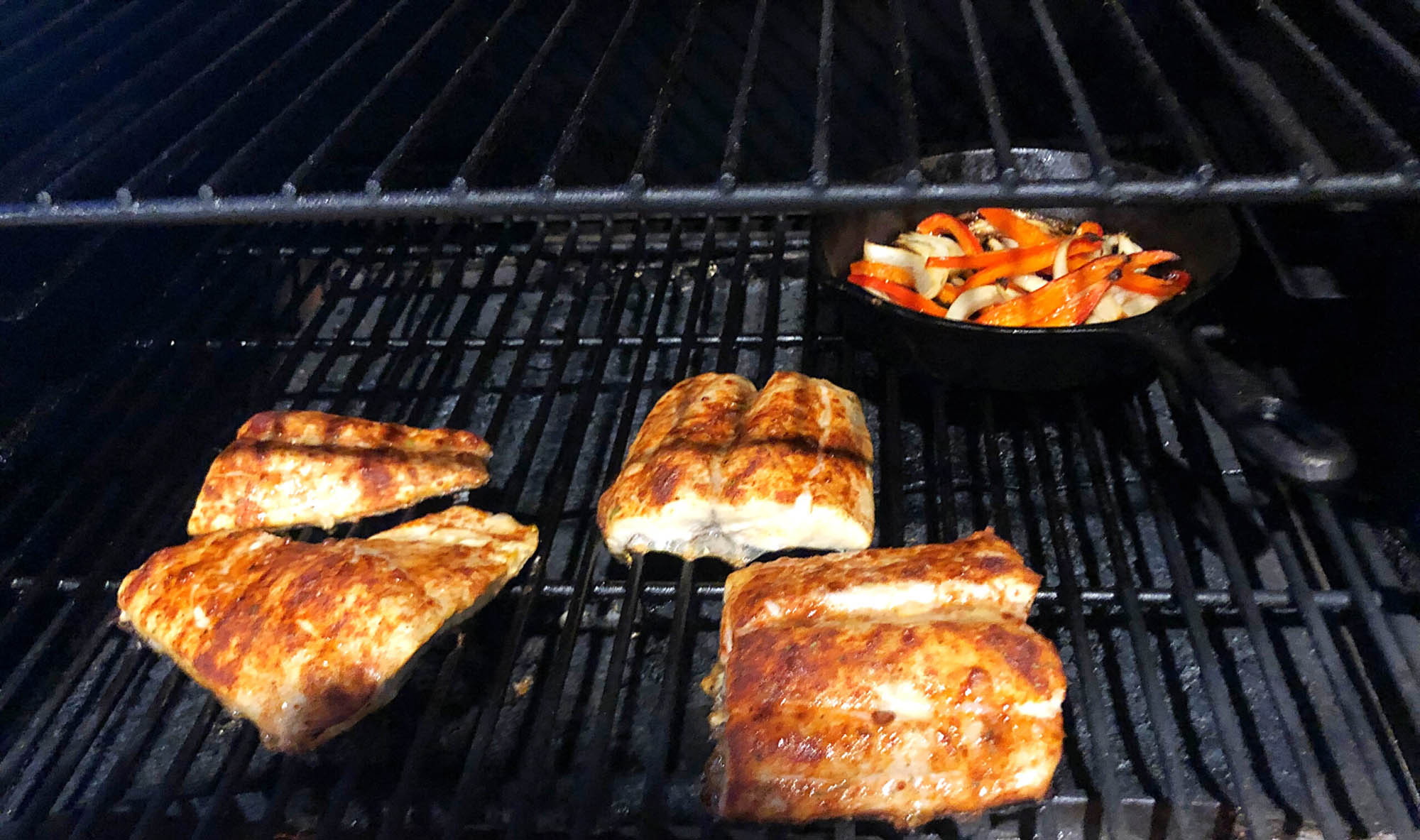Smoking Banana Leaves: A Unique Culinary Technique
When it comes to cooking, there are countless techniques and methods to explore. One lesser-known but incredibly flavorful method is smoking banana leaves. This ancient technique infuses food with a subtle, sweet aroma while imparting a delicate flavor that is truly unique. Whether you’re a seasoned chef or an adventurous home cook, smoking banana leaves can add a new dimension to your culinary repertoire.
Why Smoke Banana Leaves?
Before we dive into the how-to, let’s explore the reasons why smoking banana leaves can elevate your dishes:
- Flavor Enhancement: Smoking banana leaves imparts a delicate, slightly sweet flavor to the food, enhancing its overall taste.
- Aroma Infusion: The smoke from the banana leaves adds a subtle, pleasant aroma to the dish, making it more enticing and appetizing.
- Natural and Sustainable: Using banana leaves for smoking is a sustainable and eco-friendly method, as it utilizes a natural material without the need for additional equipment.
How to Smoke Banana Leaves
Now that we understand the benefits, let’s explore the step-by-step process of smoking banana leaves:
- Selecting Fresh Banana Leaves: Start by choosing fresh, vibrant green banana leaves. Ensure they are clean and free from any blemishes or tears.
- Preparing the Leaves: Wash the banana leaves thoroughly to remove any dirt or debris. Pat them dry with a clean kitchen towel.
- Heating the Leaves: To make the leaves pliable and release their natural flavors, gently heat them over an open flame or in a hot skillet for a few seconds on each side.
- Wrapping the Food: Once the banana leaves are heated, use them to wrap your choice of food, such as fish, chicken, or vegetables, along with your preferred seasonings and aromatics.
- Smoking Process: Place the wrapped food on a grill or in a smoker. Allow the banana leaves to impart their flavors and aromas as the food cooks through the smoking process.
- Unveiling the Delight: Once the food is cooked, carefully unwrap the banana leaves to reveal the beautifully infused, flavorful dish.
Recipes to Explore
Now that you’re equipped with the knowledge of smoking banana leaves, it’s time to get creative in the kitchen. Here are a few recipe ideas to inspire your culinary adventures:
- Grilled Banana Leaf-Wrapped Fish: Marinate a fresh fillet of fish with your favorite herbs and spices, then wrap it in a banana leaf before grilling to perfection.
- Smoked Banana Leaf Chicken: Create a tantalizing marinade for chicken, wrap it in banana leaves, and smoke it for a delectable, aromatic dish.
- Vegetarian Stuffed Banana Leaves: Fill banana leaves with a flavorful mixture of vegetables, rice, and spices, then smoke them for a vegetarian delight.
Exploring New Flavors
Smoking banana leaves is a time-honored technique that has been used in various cuisines around the world. By incorporating this method into your cooking, you can unlock a whole new world of flavors and aromas. Whether you’re aiming to impress dinner guests or simply elevate your everyday meals, smoking banana leaves is a culinary journey worth embarking upon.
So, the next time you’re looking to add a touch of innovation to your cooking, consider embracing the art of smoking banana leaves. Your taste buds will thank you for the delightful adventure!
Exploring Culinary Creations with Smoked Banana Leaves
As you've mastered the art of smoking with banana leaves, why not put your new skill to the test with a variety of delicious recipes? From the hearty Grilled Banana Leaf Wrapped Fish to the aromatic Banana Leaf Wrapped Duck with Spices, there's a dish for every palate. We particularly recommend trying the Smoked Banana Leaf Chicken for its juicy flavors and the Banana Leaf Wrapped Pork Shoulder for a sumptuous feast. These recipes not only allow you to practice smoking techniques but also introduce a unique flavor profile to your meals, making them memorable for both you and your guests.
Was this page helpful?
Read Next: How To Smoke Salmon On A Weber Grill
